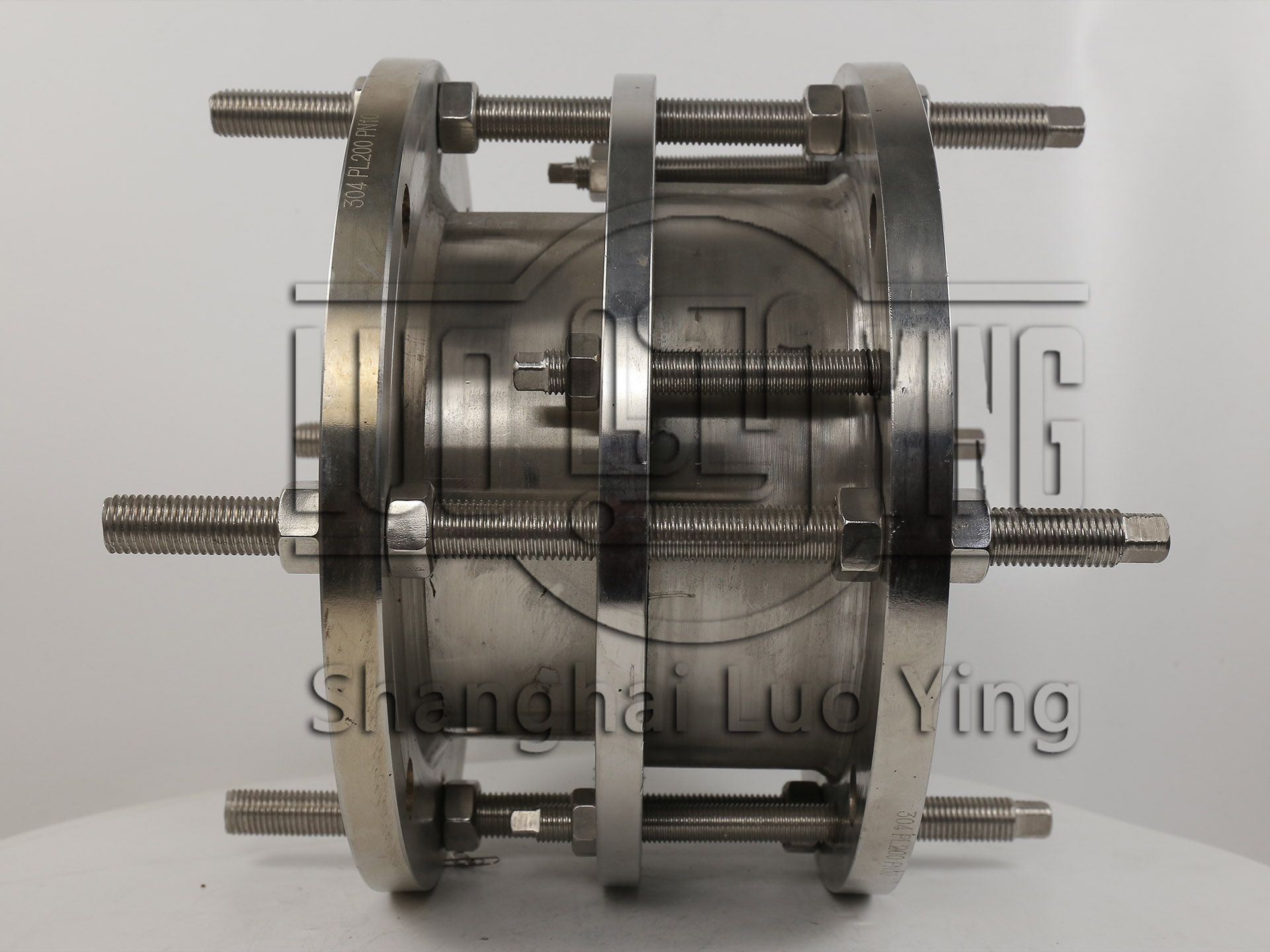What is the basic structure of a double flange limit expansion device?
Nov-23-04
What is the basic structure of a double flange limit expansion device?A double flange limit expansion device, also known as a double flanged expansion joint, is a mechanical device used to accommodate the movement and expansion of pipelines or ducts due to thermal changes, vibration, or other factors. It is primarily used in systems where there is a need to connect two fixed points while allowing for axial, lateral, and angular movement.
The basic structure of a double flange limit expansion device consists of several key components. These components work together to provide flexibility and absorb the stress caused by expansion and contraction within the system.

Bellows: The main element of the expansion joint is the bellows. It is a flexible, corrugated cylindrical tube that can expand and contract longitudinally to accommodate movement. The bellows are typically made of stainless steel or other high-strength, corrosion-resistant materials.
Control Units: The expansion joint is equipped with control units, which are designed to limit the movement of the bellows within a specific range. These control units consist of limit rods or tie rods that are connected to the flanges on either side of the bellows. The rods help to control the axial, lateral, and angular movement of the expansion joint.
Internal Sleeve: In some cases, a double flange limit expansion device may have an internal sleeve. The internal sleeve is a cylindrical tube that is inserted into the bellows. It helps to improve the flow characteristics of the media passing through the expansion joint and protects the bellows from abrasion or corrosion.
Sealing Elements: To ensure a leak-free connection, the expansion joint is equipped with sealing elements, such as gaskets or O-rings. These elements are placed between the flanges and the adjoining pipes or ducts to create a tight seal.
The installation of a double flange limit expansion device requires careful consideration of factors such as system design, movement capability, pressure, temperature, and media. It is essential to follow the manufacturer's guidelines and industry standards to ensure proper installation and performance of the expansion joint.
In summary, a double flange limit expansion device is a critical component in pipelines and ducts that require flexibility and movement absorption. Its basic structure includes flanges, bellows, control units, internal sleeves (if applicable), and sealing elements. By providing flexibility, these expansion joints help to avoid stress, damage, and leakage in the system, ensuring its long-term integrity and functionality. Proper installation and adherence to industry standards are crucial for the optimal performance of double flange limit expansion devices.

